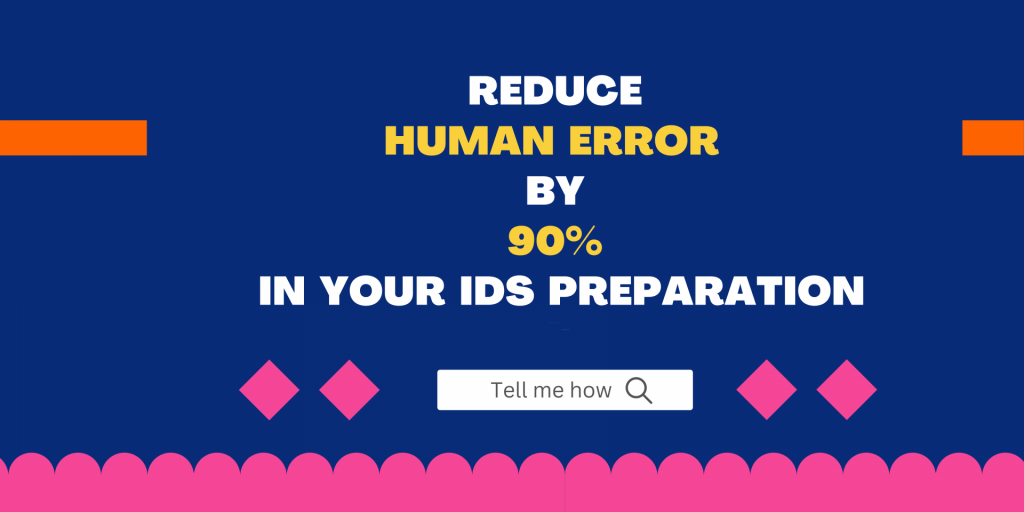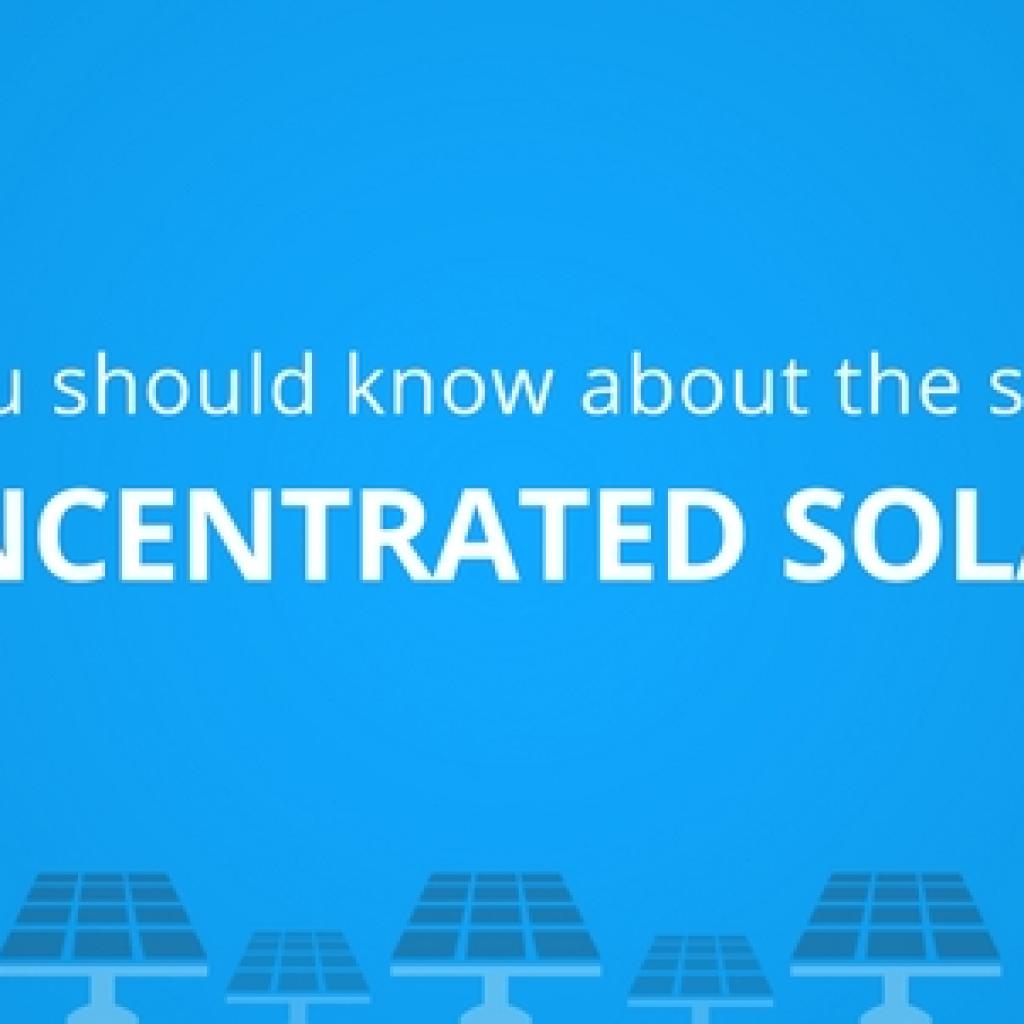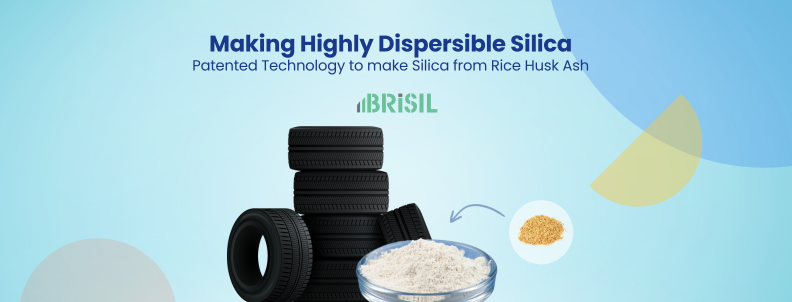James, a renowned Intellectual Property attorney from the US, works with IP search/consulting partners for assisting him with patent analysis. These IP partners perform analyses like patent validity search, market analysis, infringement analysis, et cetera. This is an industry-wide practice now and many breakthrough decisions have been made over the past few years because of such collaborations.
However, building, maintaining, and retaining this collaboration: Is it really that simple?
James faces an ordeal of challenges when working with his IP partners.
What are they?
Let’s find out straight from the horse’s mouth.
Consider a typical invalidation study handed over to the firm by James. Here are some of the scenarios that arise post the report submission to James.
- He checks the final results received from his search partner and identifies that they are just not good enough for him to build and present a case. He writes to them and gets a reply – we don’t have better results and we have tried out everything.
- Sometimes he receives reports that don’t contain any results which could help him build a case of obviousness, let alone non-novel.
- Some cases are a bit technical and James has a tough time understanding the tech and building the case using that. The jargons in the references and no explanations from the search provider barely help his cause.
Leaving the rest of the things aside, what marred his experience with the firm was the lack of brainstorming and out-of-the-box thinking to identify the best solution for him.
Let’s have a look at another instance where James went to his search team to identify companies infringing a patent.
- The team performed the analysis and came up with one company which produces a product overlapping on the claims of the patent. James was surprised to see that there is only one company which infringes the patent, considering the patent has very broad claims.
- James then suggested a list of companies which he felt could infringe the patent. The search team reiterated the analysis with the list provided by James and identified 5 more companies infringing the patent.
This has created a doubt if the search performed by search team is comprehensive or not, even more so because the suggestions came from James and not the search partner themselves.
- He also noticed that the output provided by search team includes the mapping based on inadequate pieces of evidence. It gives a picture that there are several assumptions made by analysts to provide the mapping results.
The complete analysis has to be revised in such cases, more proofs have to be gathered by James (with or without the search firm) to somehow prove that the assumptions were indeed right leading to inefficient consumption of time, energy and of course, the money spent on analysis.
Clearly, things are not working out with this search partner.
James will try to externally manage the current search team such that he is closely engaged in the project while the team performs the analysis. But let’s pause a moment and reflect- Does James have all that time to be able to micro-manage?
Definitely Not.
Instead of spending all the efforts and time into that, there are a number of situations which he would expect his search partner to carry out without him micro-managing things. But then, they aren’t really doing their job well.
As a consequence of which, many of the below-mentioned situations arise:
- The IP team does not share the necessary information which they may have come across during analysis and which could be useful to the attorneys in the case. For instance, how the technology evolved, who authored the first literary piece on the idea, et cetera.
- The form of patent search output is more or less the same for every project i.e. project specific customization is not provided. For example, there are unanswered questions like what is the market of infringing product when I want to go for litigation? Who are the potential buyers when I want to sell the patent portfolio? What is the strength of overlap when I want to invalidate the patent? What next steps should I take if there are no results? The list goes on. Even if these questions are sent as queries after the project, it takes way too long to get the response.
- The deadlines are not respected. James could be stuck in an urgent case and expecting the output from a search team so that he can prepare himself based on the search results. On the other hand, the search team was inefficient to provide the output within the communicated time. Not realizing the gravity of the situation by the search team interrupts the complete plan and puts James in a pickle.
- The output provided by search team is erroneous and there is a lot of to and fro communication to correct the errors.
- You may want to connect with the analyst who performed the patent search to discuss the findings, but once the project is delivered they do not respond.
And many others that gives James, and others of his clan, nightmares.
James is now wondering what the use of such superficial analysis is?
Is it like working with robots rather than people with actual intelligence? Is he getting the consultation or is he just working with data miners? How come they are “consulting” partners when he is the one managing and providing the solutions? And above all, is it all worth it?
What Should James look for in a Search Vendor?
What James needs is someone who gets what it is like being in his shoes, someone who understands his requirements, his difficulties, and have the foresight as to what things can backfire and provide solutions for it beforehand.
Answering questions based on the project could be a real value addition to the client. For example, if it is an infringement study, sharing which infringer has the biggest market, or if it is patent invalidation study, sharing how the references can be used in the court. It is indeed necessary to provide logical, intelligent solutions during patent search analysis, rather than merely giving the references that are mapping to the patent.
We know about these situations because we have interacted with our clients at a personal level. We have dug deep into the reasons for such situations faced by our clients. Consequently, we have tried to solve it by realizing the importance of customizations required in each project and with each client.
Did our solution work? Here’s what one of our clients said –
“I was facing difficulty in absorbing the information provided in different projects. Specifically, the information output had a standard format irrespective of difference in requirements in each project. GreyB empathetically understood the problem and customized the reports with an X-factor for each project. Keep it up!” – An IP Attorney in US
This kind of feedback keeps us going while helping us understand what we are doing here is working, encouraging us to dive deeper into this – making the output user-friendly.
Each time we pick a problem faced by our clients, we try to brainstorm to carve out a solution, with the sole aim – keeping our James stress free.
If you have any inputs/feedbacks which can be pondered over and help us in providing better solutions, please talk to us-

Authored by: Vincy Khandpur, Team Lead, Patent Infringement and Gaurav Sahni, Team Lead, Patent Search.
Relevant Read: Want to find a better search provider but are not sure which one to pick? Here’s a tool that would help.











